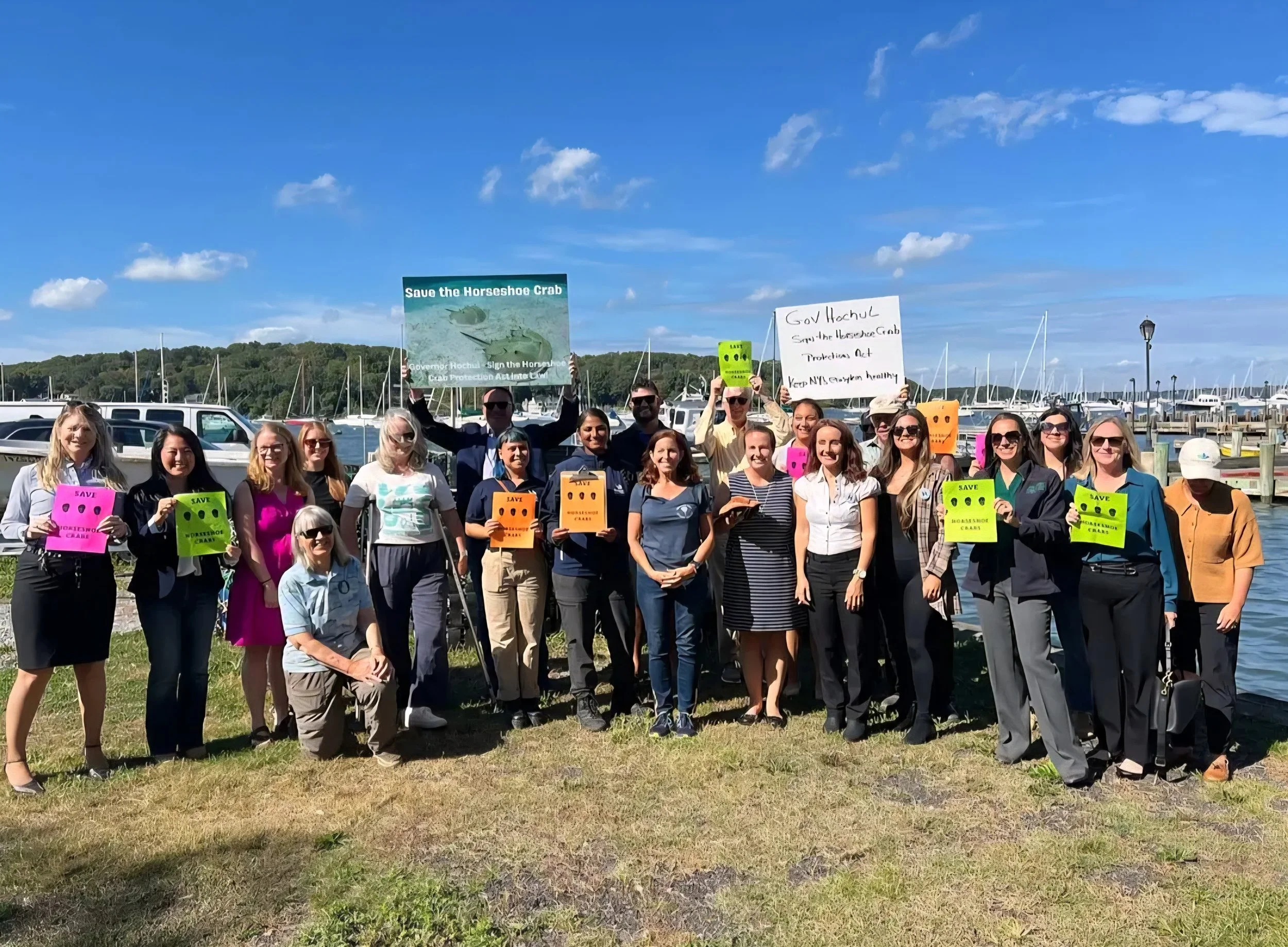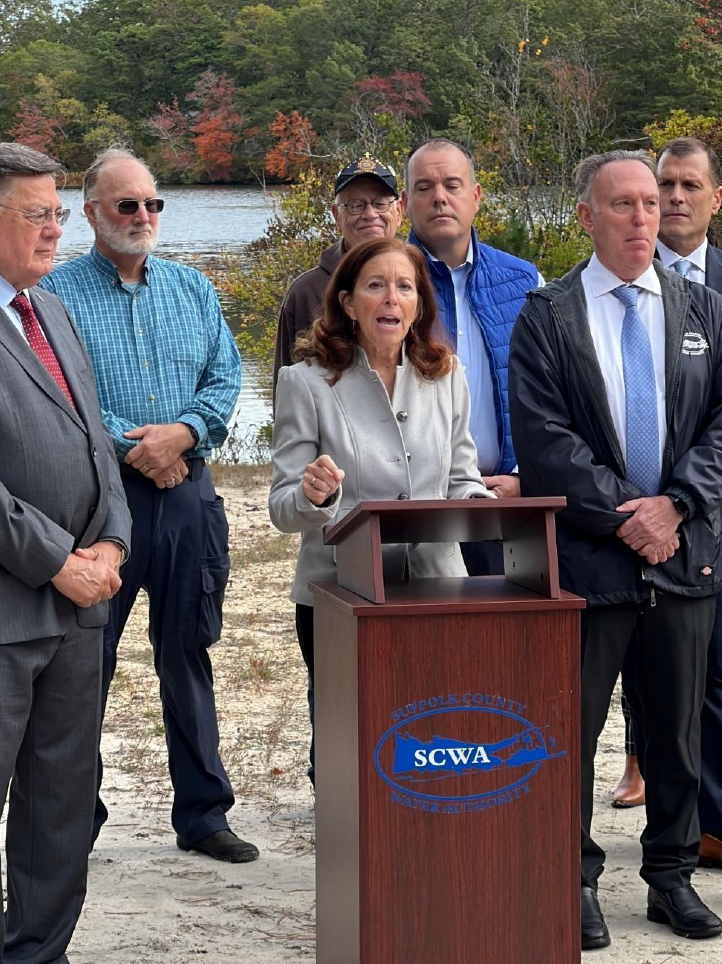The federal government is rolling back critical drinking water protections--urge Governor Hochul to take action and protect the drinking water of all New Yorkers
Earlier this year, the U.S. Environmental Protection Agency (EPA) indicated that they intend to weaken the first-ever federal drinking water standards for dangerous PFAS chemicals. EPA intends to delay implementation of drinking water standards for two PFAS chemicals (PFOA & PFOS), while completely scrapping protections for four others (PFHxS, PFNA, GenX, PFBS). Rolling back these standards would put at least 1.3 million New Yorkers at risk to higher levels of dangerous PFAS chemicals in their drinking water!
Regardless of what the federal government does, Governor Hochul has the authority to maintain strong limits on PFAS in drinking water and protect the health of all New Yorkers—we need her to act!
Exposure to PFAS can lead to higher rates of kidney and testicular cancer, higher cholesterol levels, thyroid problems, adverse developmental effects and decreased immune response in children, and other serious health impacts.
New York State has authority to enact state regulations that will provide strong limits on PFAS in drinking water. Email Governor Hochul today and urge her to ensure New Yorker’s water is protected from dangerous PFAS chemicals!
Sincerely,
All of us at CCE

















